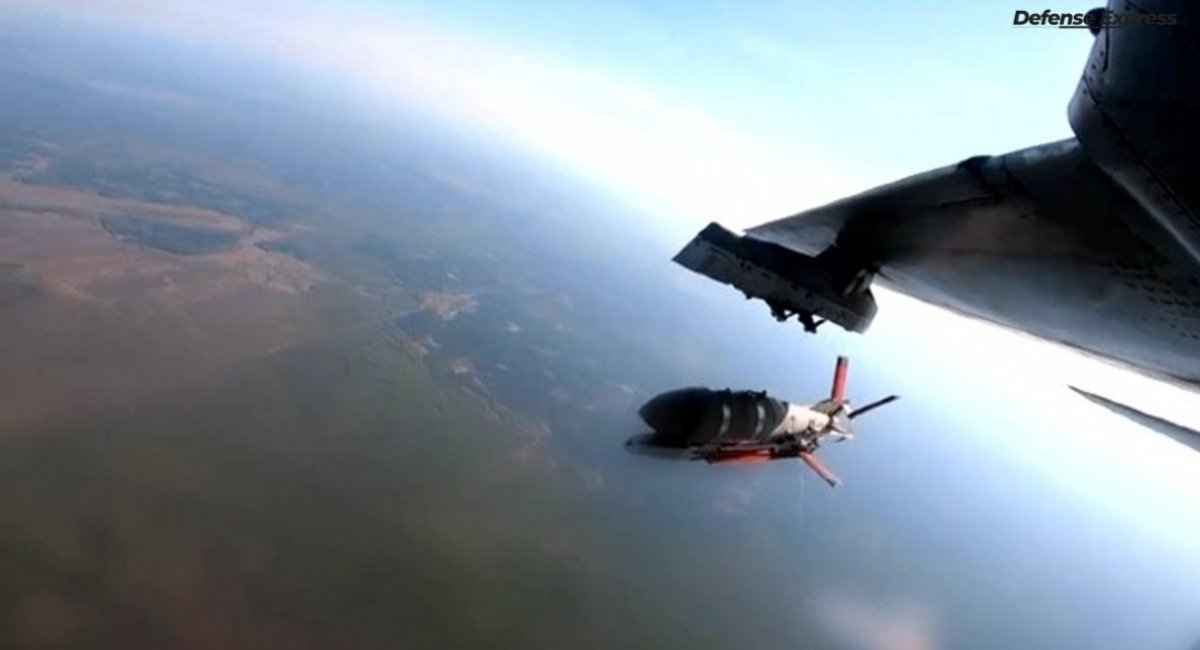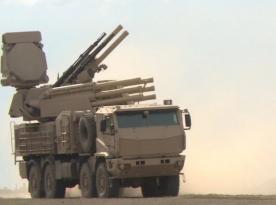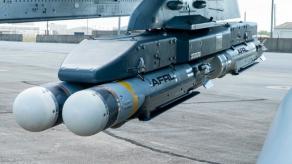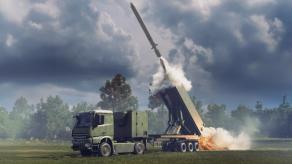American analytical institution Jamestown Foundation has published a new article focusing on the effectiveness of recent Ukrainian air strikes using Western-supplied airborne weapons. The text authored by Yurii Lapaiev, editor-in-chief of the Ukrainian outlet Tyzhden, draws from publicly available information, offering a broader assessment of Ukraine's air campaign against the russian invasion forces.
The main takeaway is that weapons such as JDAMs, AASM Hammers, and other Western precision-guided munitions have proven to be effective tools. At the same time, Ukraine's own progress in developing and testing its first domestically produced guided bomb is also a noteworthy development.
Read more: Ukrainian KAB, an Analog of UMPK, Already Undergoing Flight Tests but Needs Funding to Speed Up Development
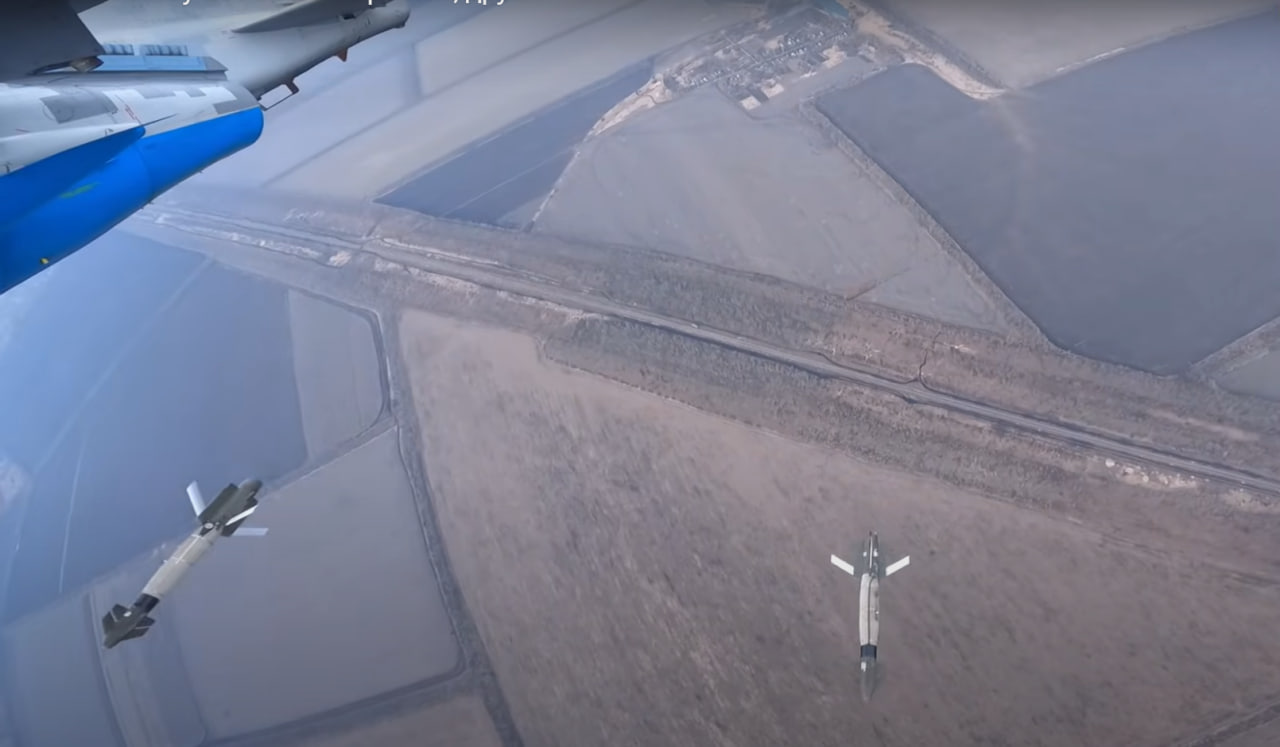
In this context, one recent episode stands out: on June 18, 2025, a Ukrainian MiG-29 destroyed a building housing a russian military base in the Belgorod region's village of Kozinka using two AASM Hammer bombs.
Another incident involved the downing of a russian Su-35 over the Kursk region in early June. The Ukrainian military did not officially comment on the circumstances, which in turn sparked media speculation. Unconfirmed reports suggested the fighter may have been shot down by a Ukrainian-operated F-16, allegedly guided by a Saab 340 early warning and control aircraft transferred by Sweden.
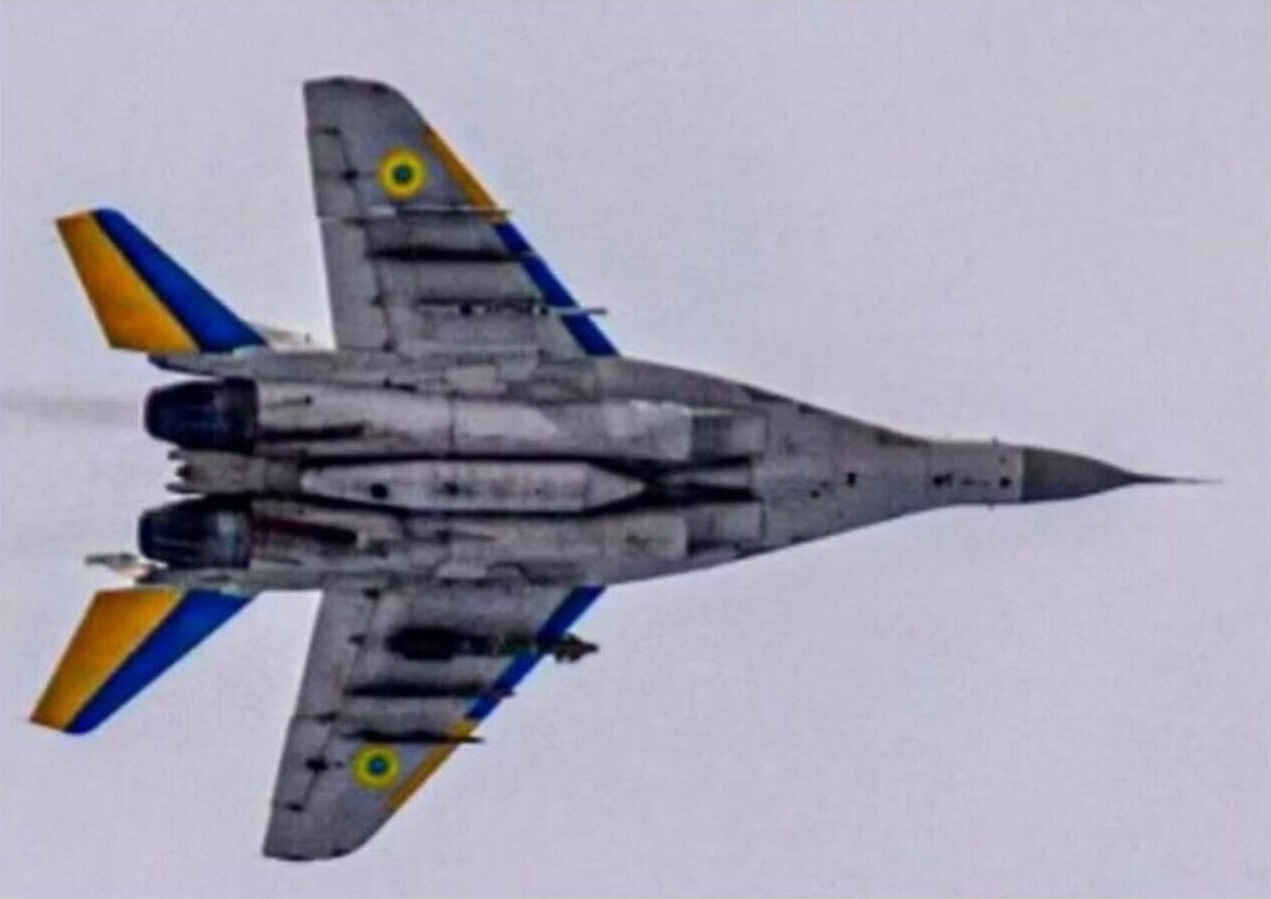
More broadly, the increased effectiveness of Ukrainian Air Force strikes has also enhanced the impact of drone attacks on russian infrastructure in occupied Crimea and russian border regions — targeting airfields, radar stations, and air defense systems in particular.
Lapaiev suggests that this overall improvement in strike performance may be linked to the resumed delivery of certain types of Western air-launched munitions. However, given the limits of foreign supply, Ukraine must increasingly rely on its own production capabilities.

In this light, the development of a Ukrainian-made guided bomb by the Medoid Design Bureau becomes especially relevant. As Defense Express has already mentioned earlier, the minimum requirement of Ukraine's Armed Forces in guided aerial bombs stands at 100 units per day, or roughly 3,000 per month. This figure far exceeds current Western production rates — for example, France reportedly produces only 1,200 AASM Hammers per year.
This creates a clear imperative: accelerating domestic development of precision-guided bombs is not just a matter of strategic autonomy, but also a prerequisite for sustaining the tempo of operations. In particular, it indirectly supports Ukraine's drone campaign by weakening russian air defenses and expanding strike opportunities.
Read more: APKWS Launched from Ukrainian Drone: Targets UAVs and Ground Threats




